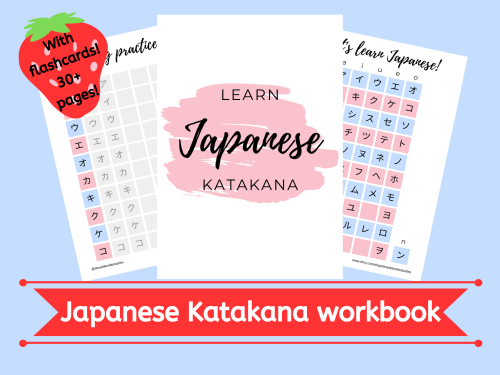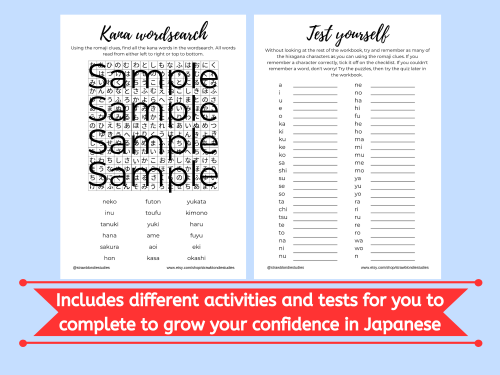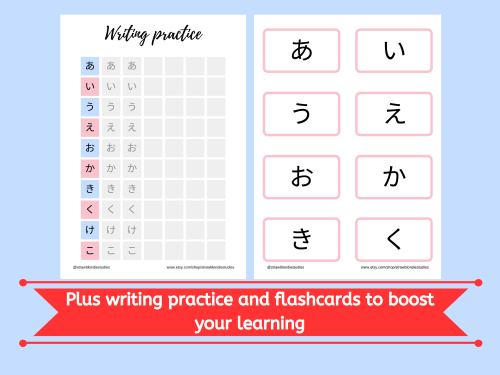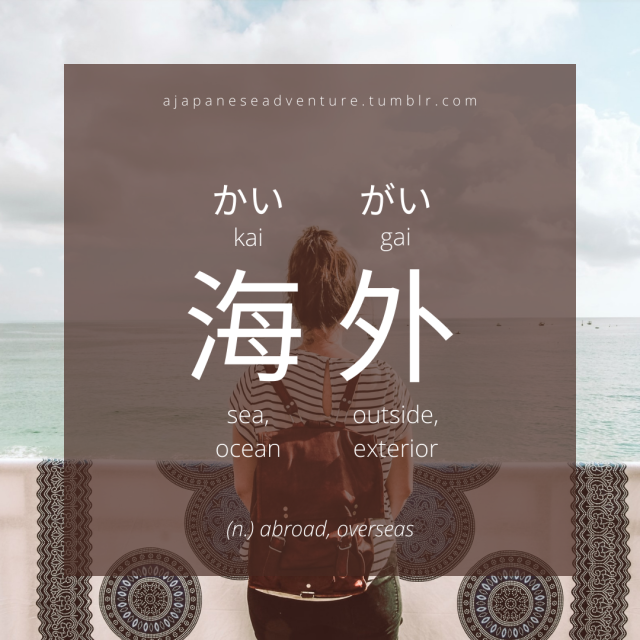#japanese studyblr
NEW Japanese Katakana workbook, with over 30 pages including puzzles, writing practice and flashcards so you can easily learn to read and write Japanese katakana! Available in A4, A5, letter, half letter and legal sizes. Download it here
Post link
NEW Japanese Hiragana workbook, with over 30 pages including puzzles, writing practice and flashcards so you can easily learn to read and write hiragana! Available in A4, A5, letter, half letter and legal sizes. Download it here
Post link

北 【きた】(kita): North
東 【ひがし】(higashi): East
南 【みなみ】(minami): South
西 【にし】(nishi): West
I recently realized that I could not remember well all the kanji about compass directions. And, since they are usually among the basic kanji (asked in jplt n5), I decided to create a simple graphic post to remember them. Hope it can help you, too!
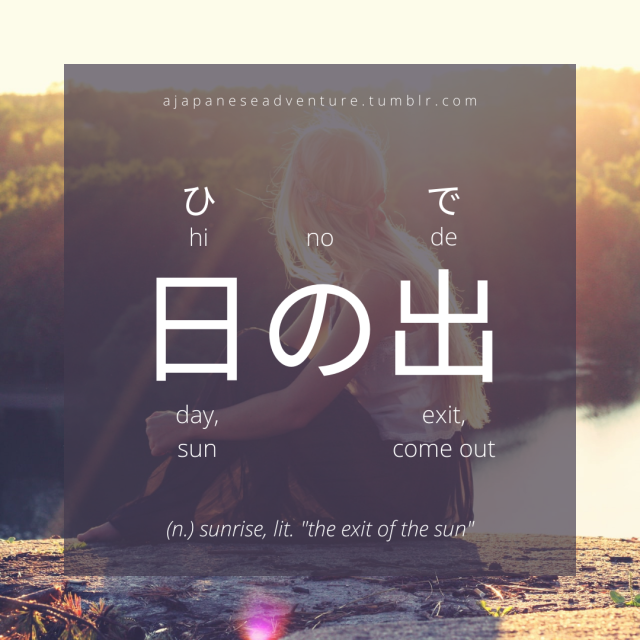

日の出(hinode) and 日の入り(hinoiri),sunrise and sunset.
Interesting thing, the “setting” sun is for the Japanese an “entering” sun, while the “rising” sun is an “exiting” sun.
It seems that we Westerners refer to what the sun does in relation to the sky, while the Japanese refer to what the sun does in relation to the earth.
Background photos by 1) Julia Caesar on Unsplash, 2) Photo by Heshan Perera on Unsplash.

晴れ 【はれ】(hare): clear weather, fine weather
女 【おみな】(onna): woman, female
I found this word watching Weathering with you. One of the main character of the anime is Hina, a ‘sunshine girl’ with the power of bringing sunny weather. 晴れ女 can be literally translated 'sunshine girl’, or 'sunny weather woman’.

雨 【あめ】(ame): rain, rainy weather
女 【おみな】(onna): woman, female
雨女 literally means 'rain girl’ or 'rainy weather woman’. 雨女 (Ameonna) is also a legendary female spirit, described as a goddess from China’s Mount Wushan, who is a cloud in the morning and rain in the evening.
Source: Jisho.org
Background photos: 1) 邱 严onUnsplash; 2) Photo by Tianshu LiuonUnsplash.

和 【わ】 (wa):sum; harmony, peace; Japan, Japanese style.
Example words:
和歌 【わか】 (waka) ->waka, classic Japanese poem (歌 = “song”).
英和 【エイワ】 (eiwa)-> English-Japanese, English-Japanese dictionary (英 = “English”, “Britain”).
Fun fact: I found this kanji in the fantasy series Avatar, the last airbender. You can usually see it in the opening credits, associated with the element air and the air nomads, a nation of wise monks.
Background photo by Nicki Eliza Schinow on Unsplash.
Words and translation: Jisho.org

巫女 【みこ】 (miko): a shrine maiden in shintoist temples, a sorceress, a shamaness. The second kanji 女is not read, but it means “woman”. The overall meaning is “shrine maiden, shamaness”.
I recently learned about the existence of this fascinating figure, the miko. Miko are the young women working in shintoist temples in Japan. In ages past they also had the role of shamanesses and prophetesses.
Thinking about it, I had already seen this figure in one famous anime, Your Name (kimi no na wa). In the movie, in fact, we see the main character, Mitsuha, performing ritual dances in a shrine with her sister, while wearing the traditional mikodress.
I found the miko fascinating. Think about it: in the morning you have these girls as your normal classmates, and at evening you see them at the temple, working in the shrine and performing ritual dances. Maybe for us westerners it just gives a weird and beautiful impression to see the sacred in everyday life, especially in young people.
Background Photo by Denise MetzonUnsplash
-Stop for a while and enjoy this Japanese Indie Folk playlist-
i am so inlove with this playlist! have it listen you’ll not regret it!
I’m listening to this playlist, and notice I can understand many words and even sentences! (I am a beginner) It’s a really nice feeling!
I think this is a good way to practice some vocabulary, and maybe learn more. The words are very well pronounced in songs.

天下(tianxia) is a Chinese phrase with the meaning “All under Heaven”, “All under the Sky”. It is an ancient Chinese cultural concept, originally denoting the geographical world or the metaphysical realm of mortals. The term becam later associated with political sovereignty, being tianxia all the space, land and area divinely appointed to the Emperor of China (called 天子, tianzi, “the Son of Heaven”).
In Japanese, 天下 is read てんか, てんが or てんげ (tenka, tenga, tenge); another form of this word is 天の下, あめのした (ame-no-shita) which also means “all under heaven”: it indicates the whole word or country, and also takes on the more political meaning of “ruling power”.
Kanji meaning:
天 : heavens, sky, imperial
下 : under, down, below
天 has different readings in Japanese. Usually the on'yomi reading is ten(テン), but the kun'yomi reading is ame, ama- (あめ、あま-).
Interesting enough, ame is also the kun'yomi reading for “rain” (雨).
I’m always trying to find new and interesting ways to learn Japanese. However, I’m just a beginner, an adventurer of language! If you spot an error, feel free to point it out, I will try to correct it as soon as possible!
You may also be interested in these posts:
Weather - Part 1, by @ajapaneseadventure.
I’m always trying to find new and interesting ways to learn Japanese. However, I’m just a beginner, an adventurer of language! If you spot an error, feel free to point it out, I will try to correct it as soon as possible!
From Up on Poppy Hill, Down To the Rumbling Sea

Let’s learn some vocabulary about the sea, by looking at the beautiful lyrics of Sayonara no Natsu from “From Up on Poppy Hill”. The first part of the post introduces some vocabulary (kana only), the second part focuses on one word (kanji).
I grew up on a hill with a view on the sea. From my hometown, during clear days, I could see a line at the horizon, bluer than the sky, and a shining city below it.

What a beautiful city. I am especially fond of the harbour area: a row of low, brightly colored houses on one side, and a forest of floating masts on the other. The lighthouse standing out against the summer sky, the air filled with the echoes of seagulls and the gentle blows of the water on the ships’ flanks. The kiss of the sun; the salt on the breeze.
Maybe this is one possible reason why I love “From up on Poppy Hill” so much: the beautiful world in which the story is set remembers me so much of my little world by the sea.
Some Sea Side Vocabulary! (Kana only)

The beauty of that world is well captured, in my opinion, in the song Sayonara no Natsu(さよならの夏,The Summer of Goodbyes). Down here I wrote some “sea side” vocabulary I learned from the song and from my japanese course. In this first part I only use hiragana and katakana alphabets and no kanji: at the moment, in fact, I’m more focused on learning the “sound” of the language.
- うみ(umi): the sea, the ocean. うみなり(uminari) is the rumble/roar of the sea, from the verb なる (naru), “to sound, to roar, to rumble”. Another verb to use with umi?ひかる (hikaru), “to shine, to glitter, to be bright”;
- ふね (fune): ship, boat, vessel, seaplane. こぶね(kobune) also appears in the lyrics: it’s a compound of ko(which means small) and fune (which is turned to bune in this case) and thus it means “small boat”;
- なみ (nami): wave. It appears in the famous word tsunami(つなみ), where tsu means “port, harbor”. A tsunami is a wave that attacks the harbor;
- カモメ (kamome): gull, seagull. I found it written in katakana, so it’s probably a loanword, although I’m not sure which origins it could have;
- さかな (sakana): fish.
Kanji of the day!
Today’s kanji is:
海 (umi): the sea, the ocean.
(Interesting enough, Umi is also the name of the movie’s main character - which I find beautiful!)

I hope you enjoyed the post as much as I enjoyed learning some Japanese vocabulary about the sea! If you are interested, you can check this post on some vocabulary I learned by watching the movie “From up on Poppy Hill”.
Pictures (from the web): FROM UP ON POPPY HILL (2011), by Goro Miyazaki, STUDIO GHIBLI.
P.S.: I am just a beginner student of Japanese. If you are more experienced with the language and want to point out an error, feel free to let me know, and I will correct the error as soon as possible!

Here’s a new word I encountered in the course the other day, and that I have also seen in a Ghibli movie!
地下鉄(chikatetsu) : subway, underground train:
- 地 means “ground”;
- 下 means “under”;
- 鉄 means “iron”.
Sentence Example
This word can be used with the verb 乗る(noru), “to ride”. Here’s an example with the formal version of 乗る, 乗ります(norimasu):
地下鉄に乗ります。(chikatetsu ni norimasu) -> I will take the subway
Analysis:
地下鉄 に 乗ります。
(chikatetsu) (ni) (norimasu)
the subway in I ride/will ride = In the subway I will ride= I will take the subway.
The verb 乗る/ 乗ります (to ride) being present, you add に after the means of trasportation you will ride in.
Background pic by Leon WarnkingfromPexels
P.S.: I am just a student of Japanese, if you are more experienced with the language and want to point out an error, feel free to let me know, and I will correct the error as soon as possible!

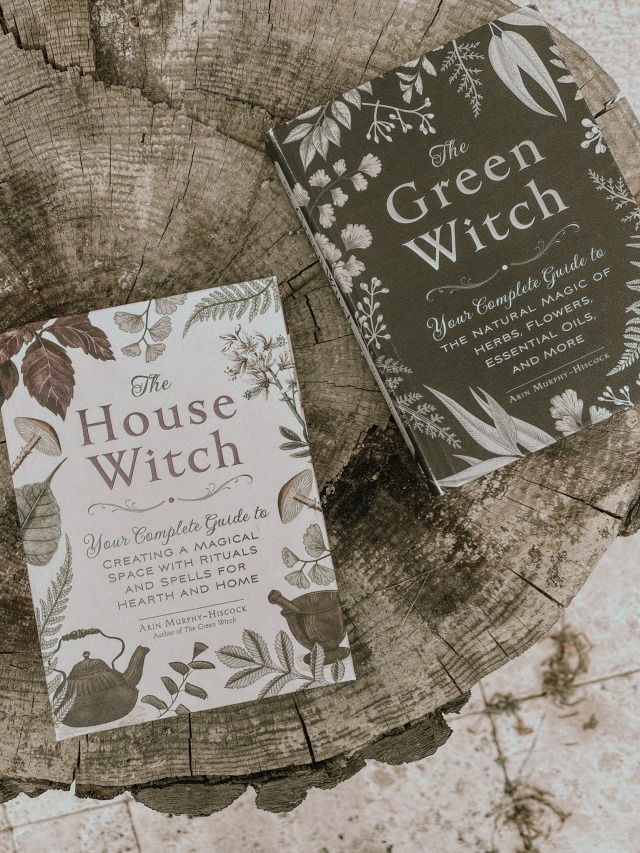






recent instagram posts | feel free to follow me there as well since i am way more active and share my studies in stories | ig: thomreads
JLPT Level: Unlisted
Omg I just noticed that the example sentence has こんこん in hiragana beside the kanji. When you copy and paste a sentence that has furigana above the kanji, it will put it as hiragana beside the kanji, and I forgot to go and delete that. /sigh. The correct example sentence is:
ゆき子が昏々と眠った。
Okedoke. Now that that’s out of the way, let’s get on to this word and its kanji.
昏
- On-yomi: kon
- Kun-yomi: kura.i, kure
- Meaning: dark, evening, dusk
This kanji is made of two different parts: 氏 and 日. 氏 represents a person and 日 is the sun. The person is standing above the sun, and therefore this kanji is a pictograph of “the sun falling to a person’s footsteps,” which is a rather pretty way to describe the sun setting. And of course, after the sun sets, it becomes dark, which explains why this kanji means “dark.”
Now, why does the word “konkon” mean fast asleep? Well, most people tend to sleep at night haha. Of note, this kanji appears in the word for “coma,” which is 昏睡 konsui. So this kanji has nuances of a very deep sleep.
Post link





